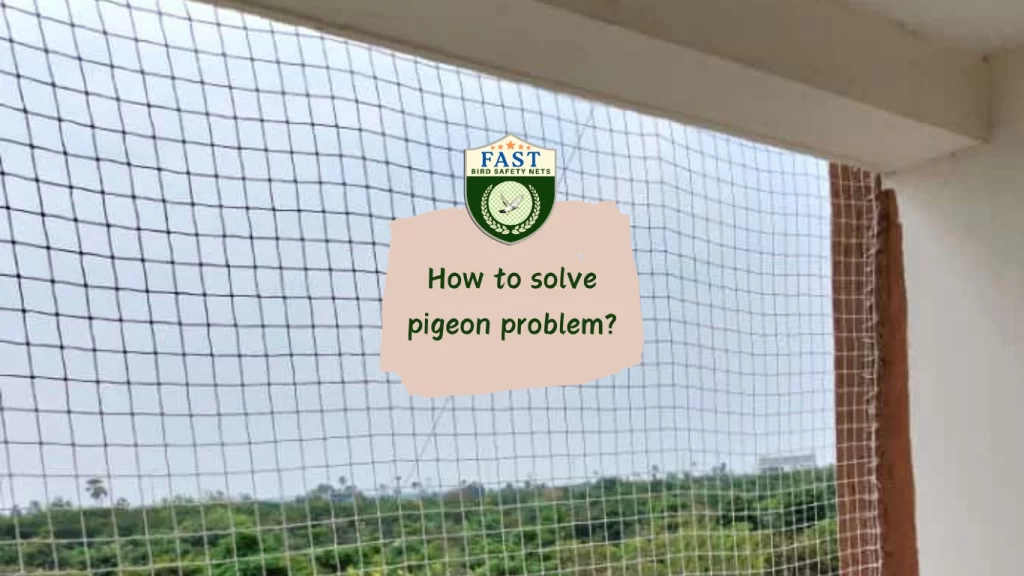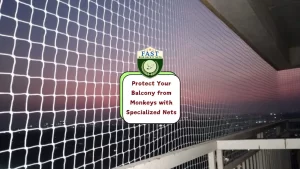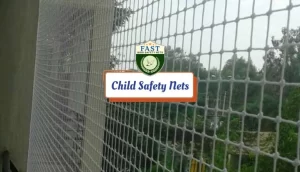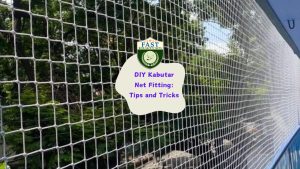Pigeons, often considered urban pests, can cause various issues ranging from property damage to health hazards. However, with the right approach, it’s possible to effectively solve pigeon problems and create a safer and more pleasant environment for both humans and birds.
Understanding the Pigeon Problem: Before implementing solutions, it’s essential to understand the factors contributing to the pigeon problem. Pigeons are attracted to areas with easy access to food, water, and shelter. Common nesting sites include ledges, rooftops, and building crevices.
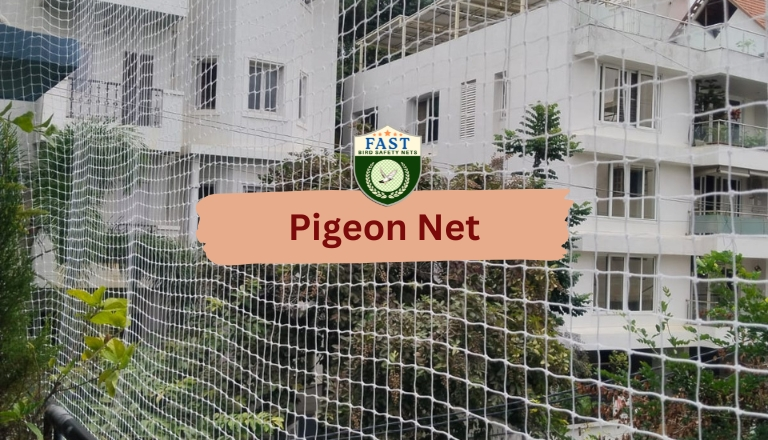
Identifying the Impact: Pigeon infestations can lead to several problems, including:
- Property Damage: Pigeon droppings contain uric acid, which can corrode building materials, leading to structural damage.
- Health Risks: Pigeon droppings can harbor disease-causing pathogens, posing health risks to humans and pets.
- Aesthetic Concerns: Accumulation of droppings and feathers can detract from the aesthetics of buildings and outdoor spaces.
Implementing Solutions: To address the pigeon problem effectively, consider the following solutions:
- Bird Netting: Install bird netting over areas where pigeons roost and nest, such as rooftops, balconies, and building ledges. Bird netting provides a physical barrier, preventing pigeons from accessing these areas while allowing for airflow and ventilation.
- Bird Spikes: Place bird spikes on ledges, window sills, and other flat surfaces to deter pigeons from landing and roosting. Bird spikes make these areas uncomfortable for pigeons to perch on, discouraging them from lingering.
- Bird Repellents: Utilize bird repellents such as gels, sprays, or ultrasonic devices to deter pigeons from congregating in specific areas. These repellents emit odors or sounds that are unpleasant to birds, encouraging them to seek alternative roosting sites.
- Habitat Modification: Make modifications to the environment to make it less attractive to pigeons. This may include sealing off potential nesting sites, removing sources of food and water, and implementing deterrents such as reflective surfaces or predator decoys.
- Professional Assistance: Consider seeking assistance from professional pest control or bird control companies. These experts can assess the extent of the pigeon problem and recommend tailored solutions to effectively mitigate it.
Maintaining Long-Term Results: Once implemented, it’s essential to maintain the effectiveness of pigeon control measures. Regular inspections and maintenance are crucial to ensure that deterrents remain intact and continue to deter pigeons effectively. Additionally, addressing any potential attractants, such as food sources or water leaks, can help prevent future pigeon infestations.
Conclusion: By understanding the factors contributing to pigeon problems and implementing appropriate solutions, it’s possible to effectively solve pigeon issues and create a safer and healthier environment. Whether through bird netting, bird spikes, repellents, or habitat modifications, taking proactive measures can help mitigate the impact of pigeon infestations and preserve the integrity of properties and outdoor spaces.

